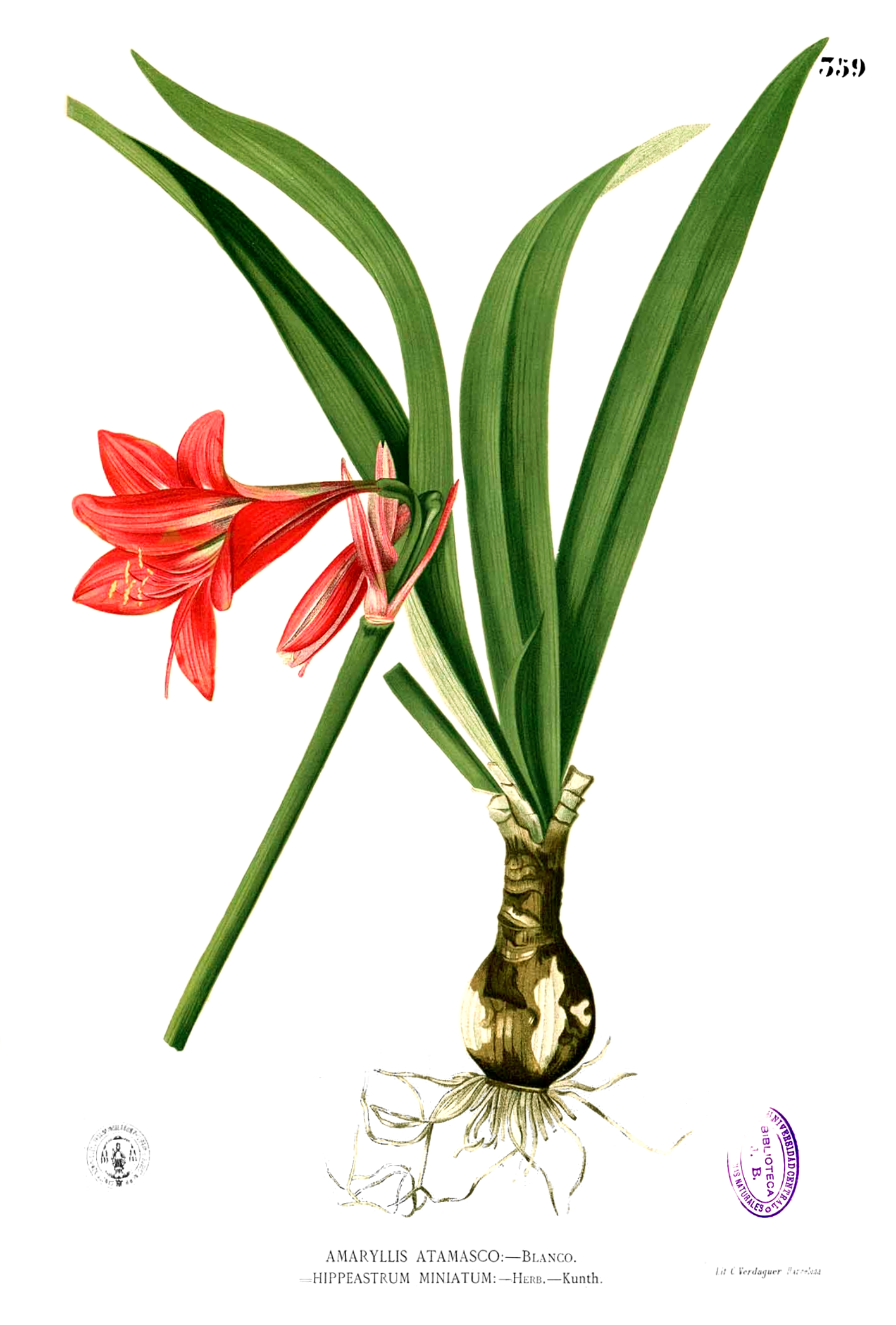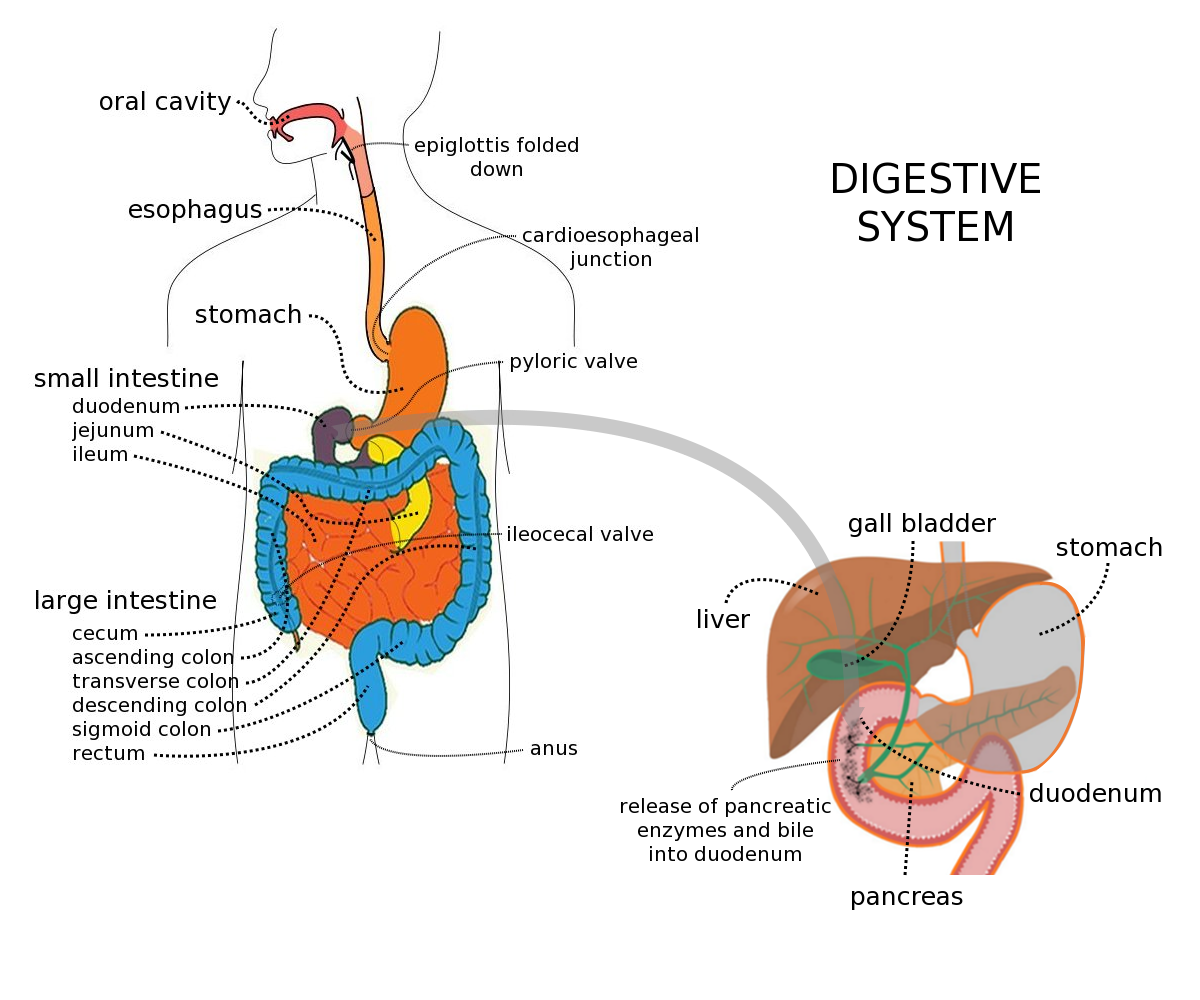I think I need to improve is to learn more about these subjects. I think to improve is right down my notes faster. I also think that I need to improve is to pay attention to when the teacher is telling me what to do.
What was satisfying about my work is that I have done good at the assignment. I am also proud that I know what to do for the assignments. The one thing I learned this week is that there are secondary consumers and primary consumers.
I have also learned is that if one animal is gone from the food web then everything falls






